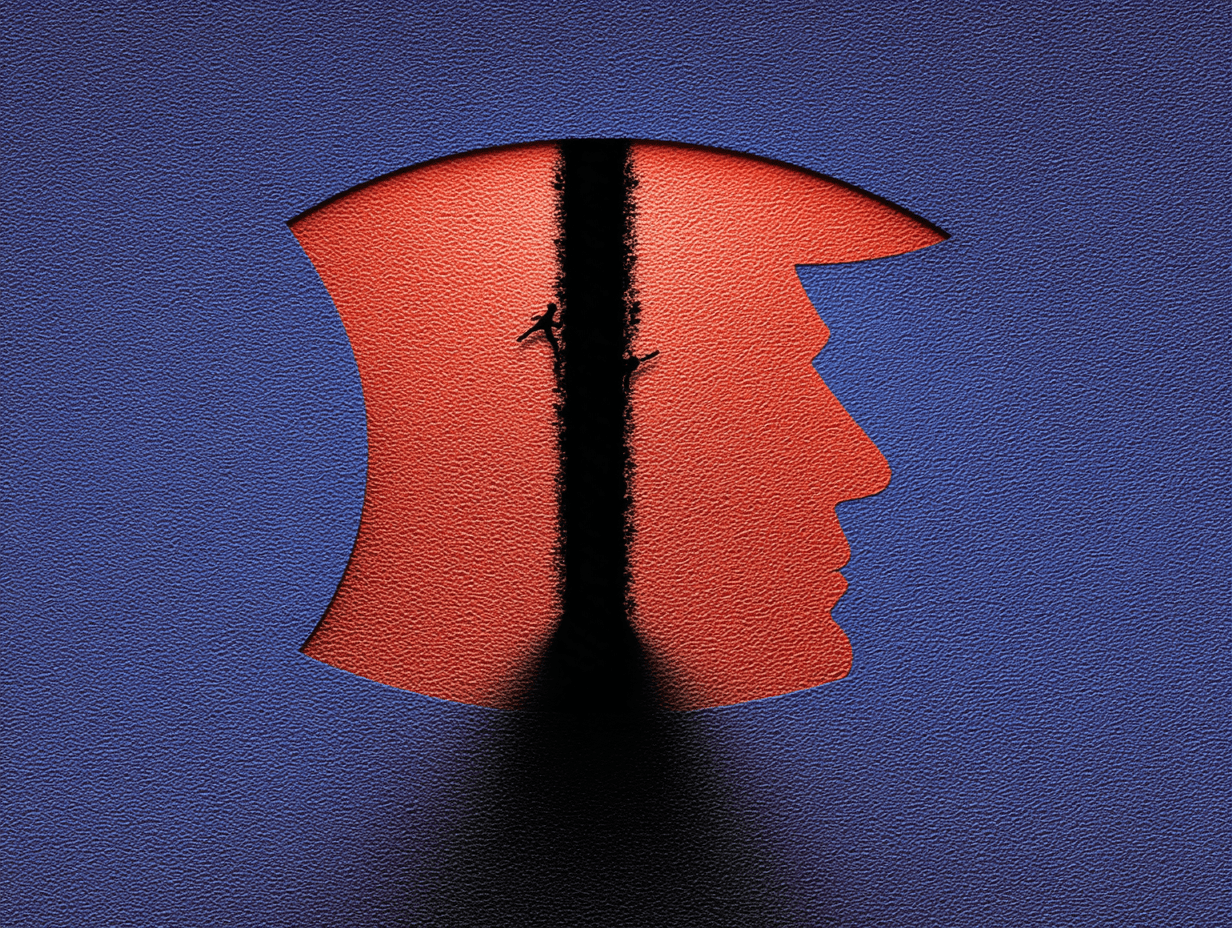Policy Brief n.45 - First Impact of Trump’s Trade Policy on the EU
US tariffs clearly violate all global trading rules. One might thus fear that the entire global trading system would suffer if ‘might is right’ overrides these rules. However, this has not happened so far. A Policy Brief by Daniel Gros and Niccolò Rotondi.

-
File
The unprecedented ‘reciprocal’ tariffs announced by US President Trump and then partially implemented since April have had little impact on trade flows so far.
US imports have stabilized after the rush in March to beat the tariffs, and the market share of the EU has remained constant, with EU exports to the US up about 40 billion euros during the first semester of this year.
The key reason for this is that the average effective US tariff rate has been around 9-10%, much below the rates one would expect given the focus of the media (and policy makers) on some products, like steel.
The recent EU-US ‘framework agreement’ has been widely criticized as a capitulation. But its implementation would only confirm the relatively advantageous position of the EU in terms of access to the US market, as the tariff rates facing EU exporters remain far below those of China and slightly below those facing other Asian competitors, such as Korea or Japan.
Only Canada and Mexico are in a significantly better position than the EU because most of their exports to the US remain still duty-free. But these two economies are too small to constitute significant competitors.
Some reports have suggested that Trump has ‘gone soft’ on China and treats US allies worse. The data suggests otherwise. Average tariffs on China are around 40 %, against less than 10 % for the rest of the world.
IEP@BU does not express opinions of its own. The opinions expressed in this publication are those of the authors. Any errors or omissions are the responsibility of the authors.

